Symptoms of irritation, discharge, and extreme itchiness of the vaginal and vulva are experienced by three out of every four women. That is why they are looking for treatments for Vaginal Yeast Infection at home.
Viral or bacterial infection?
Candida albicans is the yeast that causes the majority of yeast infections.
Bacteria and yeast cells can be found in a healthy vagina. However, when the bacteria-yeast equilibrium shifts, yeast cells can grow, Itchy, swollen, and irritated skin as a result of this.
Don't panic, you can beat vaginal yeast infection at home. It can be treated and symptoms can be relieved within a few days. It could take up to two weeks in more serious cases.
What makes me more susceptible?
Several circumstances, including:
• Antibiotics reduce the number of Lactobacillus (“good bacteria”) in the vaginal cavity
• Pregnancy
• Diabetes that is uncontrolled
• Immunodeficiency
• Poor eating habits, which include a high sugar intake
• Hormonal imbalance in the days leading up to your menstrual cycle
• Sleep deprivation stress
Remedies to beat vaginal yeast infection at home:
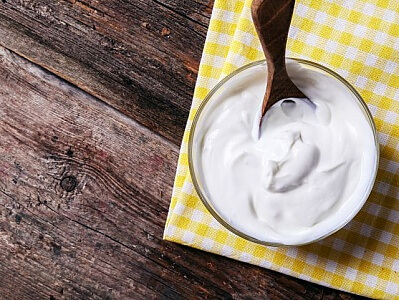
1. Greek yogurt
Because it contains living bacteria like Lactobacillus acidophilus, yogurt can be called a probiotic. So, it's considered an effective treatment for yeast infection at home.
These microorganisms are essential for preserving a wholesome vaginal environment. They can be a useful resource withinside the remedy of an imbalance-prompted overgrowth.
Make sure the yogurt doesn't have any added sugar, which encourages Candida fungal growth.
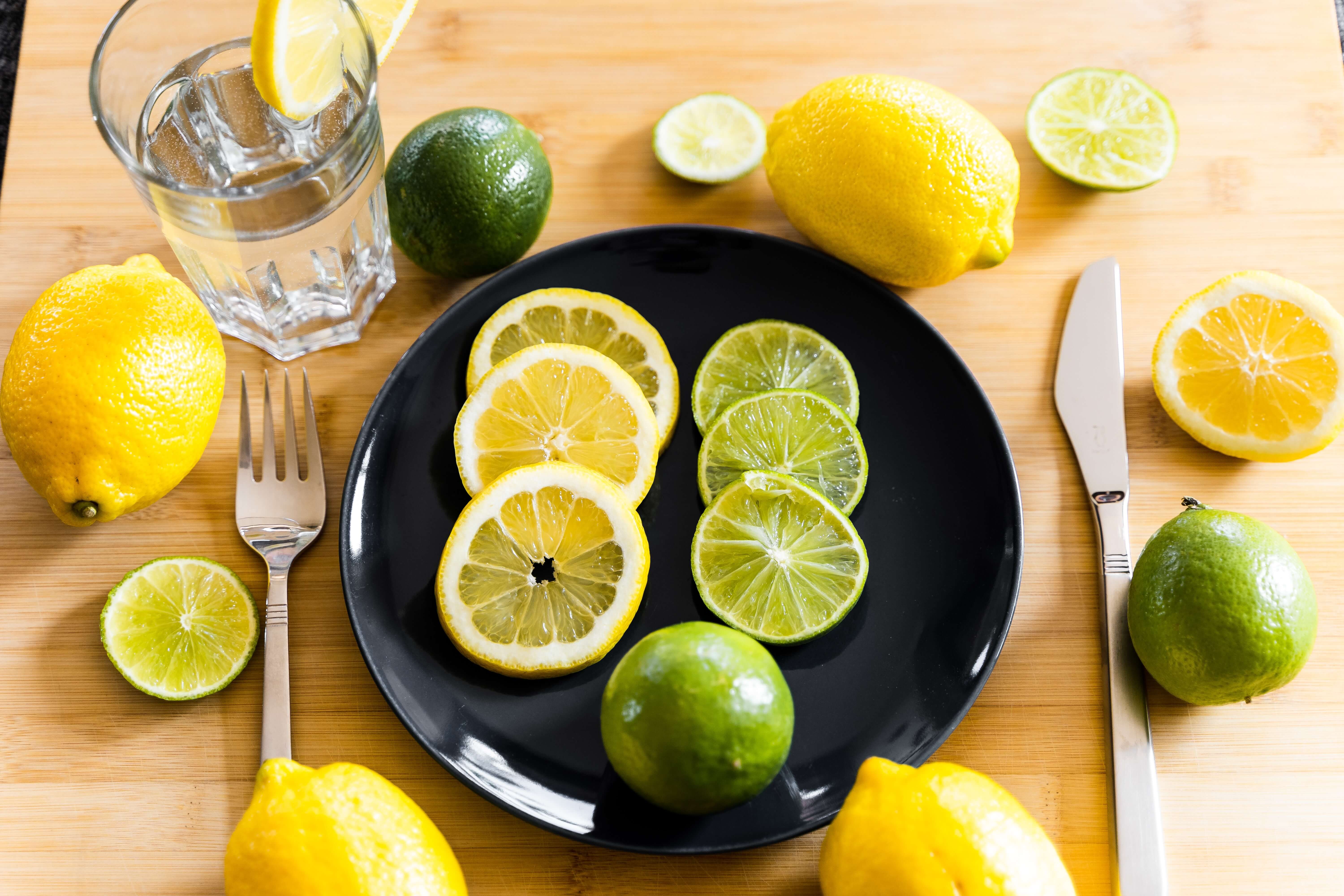
2. Vitamin C
Vitamin C strengthens the immune system. Your body can rebalance itself with the help of a healthy immune system.
Because vitamin C (also known as ascorbic acid) has antibacterial properties, some women use it to treat Candida overgrowth.
To enhance your body's ability to fight vaginal yeast infection at home, try boosting your vitamin C consumption. Applying acidic vitamin C to sensitive vaginal tissue isn't always a good idea.
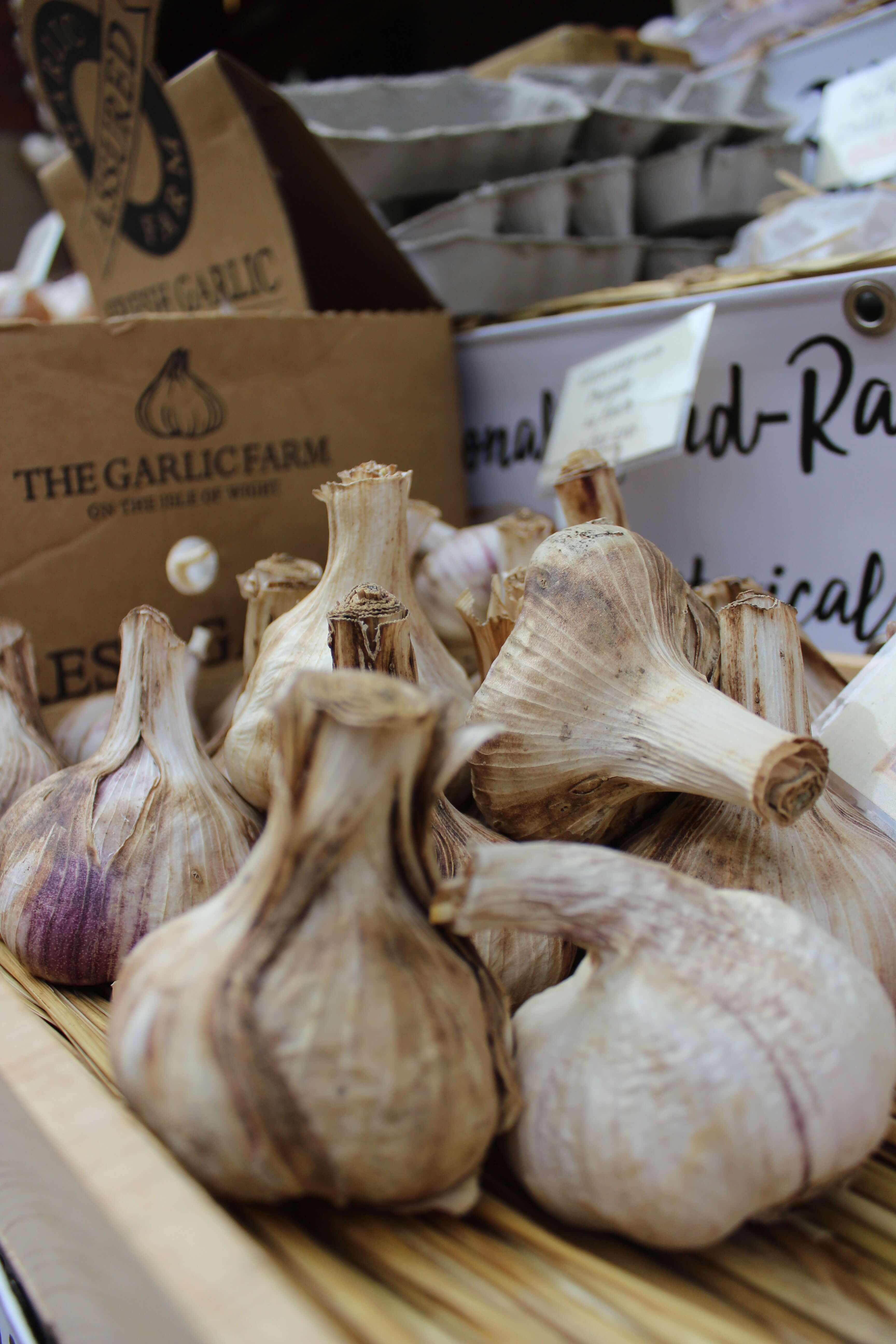
3. Garlic
Garlic is an effective Candida killer. However, whether it will help cure yeast infections outside a lab setting is a point of contention.
Add more garlic to your diet if you want to try garlic to treat a yeast infection at home. According to some sources, garlic has been linked to burns and severe pain, so it should not be used in the vaginal canal. In your cooking, use garlic sparingly.
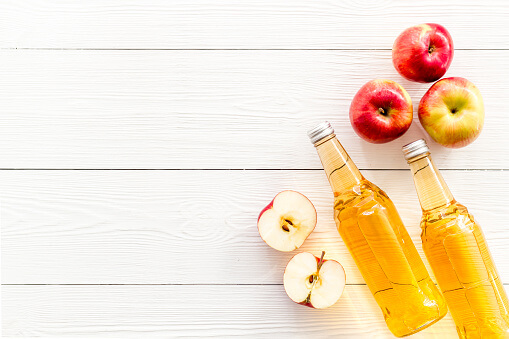
4. Apple cider vinegar
Vinegar has a wide range of medical applications, some of which have more scientific funding than others. When added to a lukewarm bathtub and soaked for 20 minutes, the acidic component of apple cider vinegar can kill any harmful microorganisms, including yeast.
Warning:
Douching, which seeks to drain out all germs (good and harmful) from your vagina, is not the same as an apple cider vinegar bath. As a result, you're more likely to get a yeast infection again. Apple cider vinegar should not be used as a douche.
Before applying vinegar, dilute it with water. You should also incorporate apple cider vinegar into your diet.
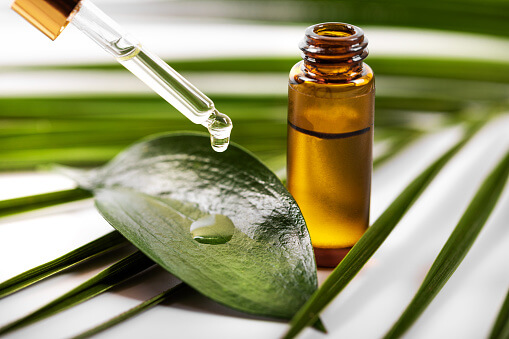
5. Tea tree oil
Tea tree oil has antifungal, antibacterial, and antiviral properties. As a result, it is used to treat yeast infections at home.
In a recent study, tea tree oil was also found to be effective as an antibacterial and in assisting in the breakdown of biofilm.
Tea tree oil is quite strong. Dilute it with a carrier oil such as jojoba or coconut oil if it will come into contact with your skin.
Tea tree oil should only be used sparingly and should never be eaten. Avoid using tea tree oil If you have sensitive skin. Stop using it if you encounter any discomfort.
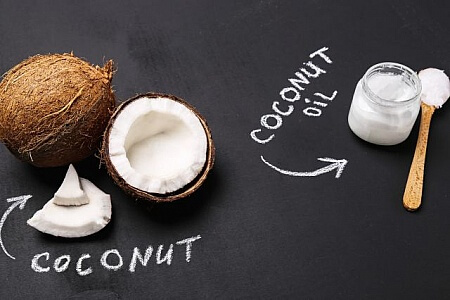
6. Coconut oil
Coconut oil is a fatty oil obtained from coconut pulp. Many health advantages are associated with the oil, including antifungal capabilities.
Because coconut oil is powerful against Candida albicans, it is one of the few treatments of yeast infection at home with strong evidence that it works.
If you want to use coconut oil to cure a vaginal yeast infection, make sure to choose pure, organic coconut oil. You can immediately apply the oil to the affected area.
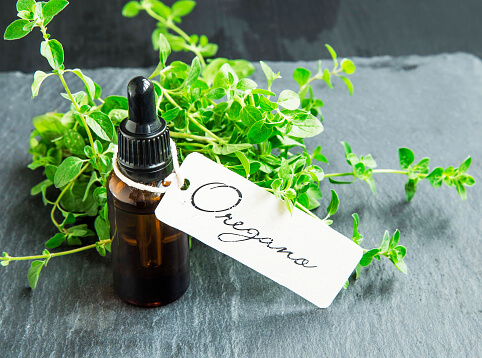
7. Oregano essential oil
Oregano essential oil was discovered to be efficient in inhibiting the growth of Candida albicans.
Because oregano oil is a natural blood thinner, avoid using it (diffused or topically) if you are already taking blood thinners for another medical condition. Also, avoid using it if you have blood-clotting issues, such as those caused by a vitamin K deficiency.
Keep in mind that essential oils should not be taken orally. They are intended for inhalation as part of aromatherapy. While some studies are looking at various ways to use oregano essential oils, it is recommended that you use it diluted in a carrier oil, such as olive or sweet almond oil, for the time being.
To use, combine 3-5 drops of essential oil with one ounce of carrier oil. Then rub it into your skin. It is also possible to inhale it using a diffuser. This essential oil should not be applied near your vagina.
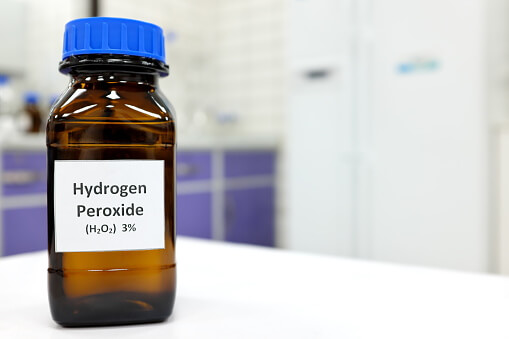
8. Hydrogen peroxide
Hydrogen peroxide is an effective antimicrobial that has been shown to kill the yeast. It has not been investigated precisely on yeast strains that cause vaginal infections. Make sure to dilute the hydrogen peroxide before putting it in the vagina.
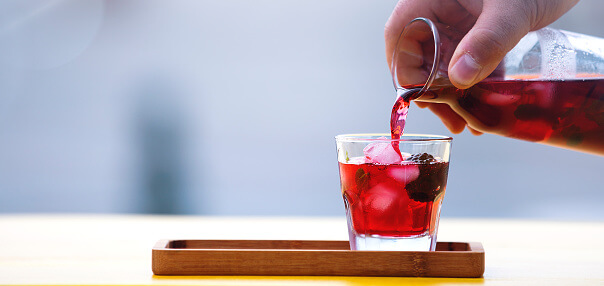
9. Cranberry juice
Cranberry juice has been shown to aid in the treatment of urinary tract infections by reducing the growth of Candida albicans (the fungus that causes yeast infections).
While studies have not shown that it can help treat vaginal yeast infection at home, numerous women have reported beneficial results.
Cranberry juice and pills are also high in vitamin C, which can aid in infection prevention.
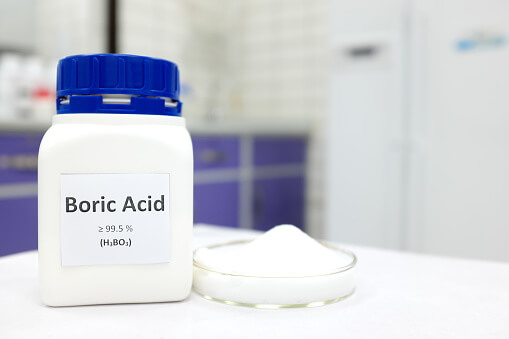
10. Boric acid
Boric acid vaginal suppositories treat yeast infection at home. Due to the antibacterial characteristics of boric acid. While research supports the use of these suppositories, it indicates that they should be used only for recurring and difficult-to-treat yeast infections. Because boric acid is so strong, gentler therapies should be used first.
When should you avoid using home remedies?
Many home remedies are safe for the majority of people suffering from yeast infections. However, the following individuals should not attempt to treat their yeast infection at home:
• Ladies who are pregnant
• Anyone who has had a sexually transmitted infection
• Persons who have recurring yeast infections
• Persons who are confused whether their symptoms are the result of a yeast infection
summary
Women are more prone to vaginal yeast infections, with 75% having had at least one in their lives. Men, on the other hand, can have a vaginal yeast infection.
For treating a yeast infection at home, a variety of therapies are available, including numerous self-administered home cures. This article looks at TEN home treatments for yeast infections to assist people to figure out what works best for them.



You must be logged in to post a comment.